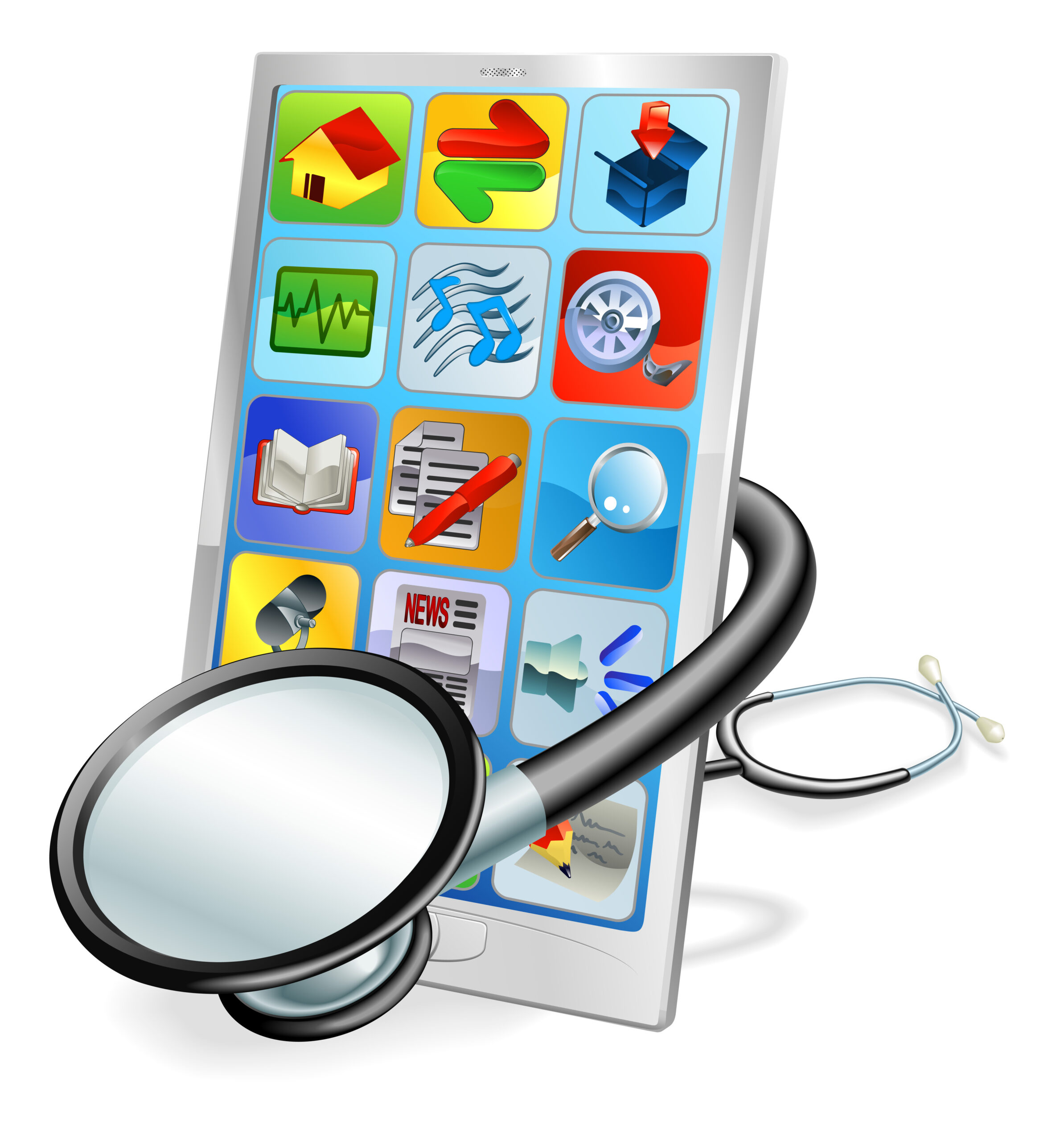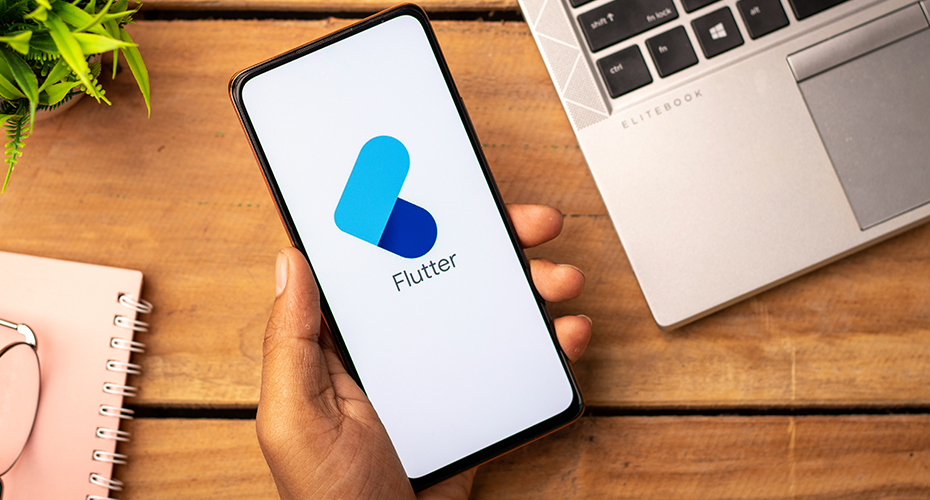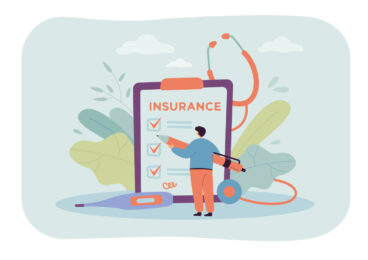 Seemingly, every company from sporting goods manufacturers to medical insurance providers to smartphone makers are getting into the heathcare app game. Healthcare apps are big news and big business. A simple Google search for “healthcare app” returns 210 million entries.
Seemingly, every company from sporting goods manufacturers to medical insurance providers to smartphone makers are getting into the heathcare app game. Healthcare apps are big news and big business. A simple Google search for “healthcare app” returns 210 million entries.
It is a fiercely competitive market. Yet, whatever the business challenges for app developers, the safety challenges are far more critical. When we’re talking about people’s health, the stakes are so much higher. If someone’s mobile messaging app fails or provides the wrong data, no one dies. If the same happens with a medical app, someone might.
Testing apps in healthcare is therefore infinitely more important than other markets. And the burden of responsibility is squarely on the app developer to create an app that is safe, reliable and compliant.
Lifestyle or medical?
Let’s start by putting a little space between different types of healthcare apps. Is your app a lifestyle app or a medical app? The differentiation is not as straightforward as you might think.
To some extent the difference is in your own marketing. As an example you could market a heart-rate monitoring device and accompanying app as a means to check your fitness levels during exercise. Or you could market it as a first-response system for heart problems. The regulatory and compliance requirements between these two examples are night and day.
That does not mean you can put a marketing “wash” of lifestyle over a medical device or app and circumvent all compliance. If it looks and acts like a medical device or app, no amount of marketing spin would keep regulatory bodies satisfied that it is not, in fact, a medical device or app.
What should you be testing for?
As with any app, there are a lot of different types of testing that need to be carried out, everything from functional testing to performance testing to vulnerability testing. They are default, must-do tests for any serious app. “Well, it worked okay on my phone” is no kind of answer to any regulatory body.
But for healthcare apps, certain types of testing become more critical.
Security testing: When you are in control of someone’s personal or medical data, security is more important than ever. You have only to look at the firestorm surrounding Anthem’s recent hack to see how massive the fallout can be.
Usability testing: Intuitive interfaces are important at any time. But when medical data is at hand, especially if high-pressured medical professionals are involved, the usability has to be exceptional. User experience testing needs to be carried out, ideally by experts in the field.
In healthcare, app testing has a particularly important role. Best effort is not good enough. Failure rates of 0.01% are not good enough. The worst case scenario is not a review saying “terrible app, didn’t work”. It is a real person being put at risk.
How do you get testing right?
The explosion in popularity of mobile healthcare apps has only further highlighted the urgency of conducting proper testing. In addition, apps are now available to assist healthcare professionals with important tasks including information management, health record maintenance and access, patient monitoring, and medical education and training. Considering these essential functions, and with wearable health apps and other new healthcare apps popping up every day, it’s now more clear than ever that testing must be done correctly.
Developers should seek out testing partners that provide HIPAA compliance verification, FDR-Part 11 compliance tests and readiness, and testing security and information privacy of IT systems involving patient data. And of course there’s the consideration of the wearable devices healthcare app market. Developers should look for a testing partner that has deployed and tested several types of healthcare-centric apps for wearable devices.
Testing healthcare apps is extremely important in order to ensure that the apps meet high standards of security, reliability, and quality of service. Making sure the app is compliant with all regulations, addressing privacy concerns, and making the app reliable and easy to use are all critical considerations. You must seek out the proper testing tools to ensure that testing is done right.







